

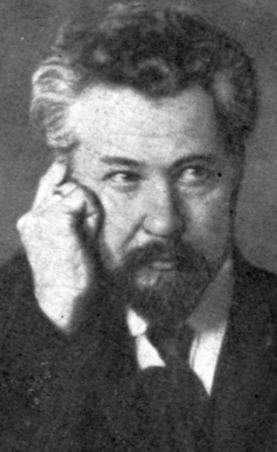
One of the founders of the Russian Socialist Revolutionary Party, Chernov was the primary party theoretician of the SRs. Following the February Revolution of 1917, he served as Minister for Agriculture in the Russian Provisional Government and Chairman of the Russian Constituent Assembly. Following the Bolsheviks' seizure of power he was a member of anti-Bolshevik government forces during the Russian Civil War. At the conclusion of the war he fled to Europe and, later, the United States.
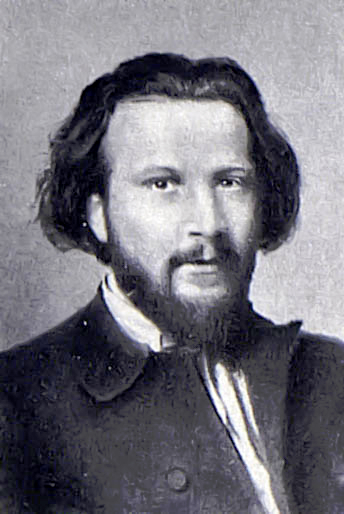
A leading member of the Socialist Revolutionaries, he was one of the "Heidelberg SRs" (a group of Russian students at the University of Heidelberg in the 1890s who were influenced by neo-Kantian philosophy and Marxism), as was Vladimir Zenzinov. As Chairman of the Provisional All-Russian Government, he headed Russian state from September 23 to November 18, 1918. He was overthrown and arrested by the Minister of War, Alexander Kolchak, who proclaimed himself the Supreme ruler of Russia. Eventually he fled to Paris, then the United States, where he published the magazine For Freedom.
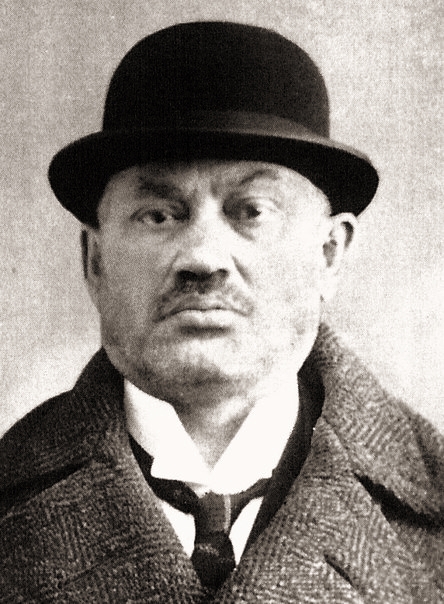
Azef was a Russian SR who was also a double agent and agent provocateur, working both as an organizer of assassinations for the Socialist Revolutionary Party and a police spy for the Okhrana, the Imperial secret police. He rose in the ranks to become the leader of the party's terrorist branch, the SR Combat Organization, from 1904 to 1908. After having been found out by the revolutionary Vladimir Burtsev (who, although opposed to both the tsar and the Bolsheviks, was not an SR himself) in 1909, he fled to Germany where he worked as a corset salesman and stock speculator. He died in 1918.
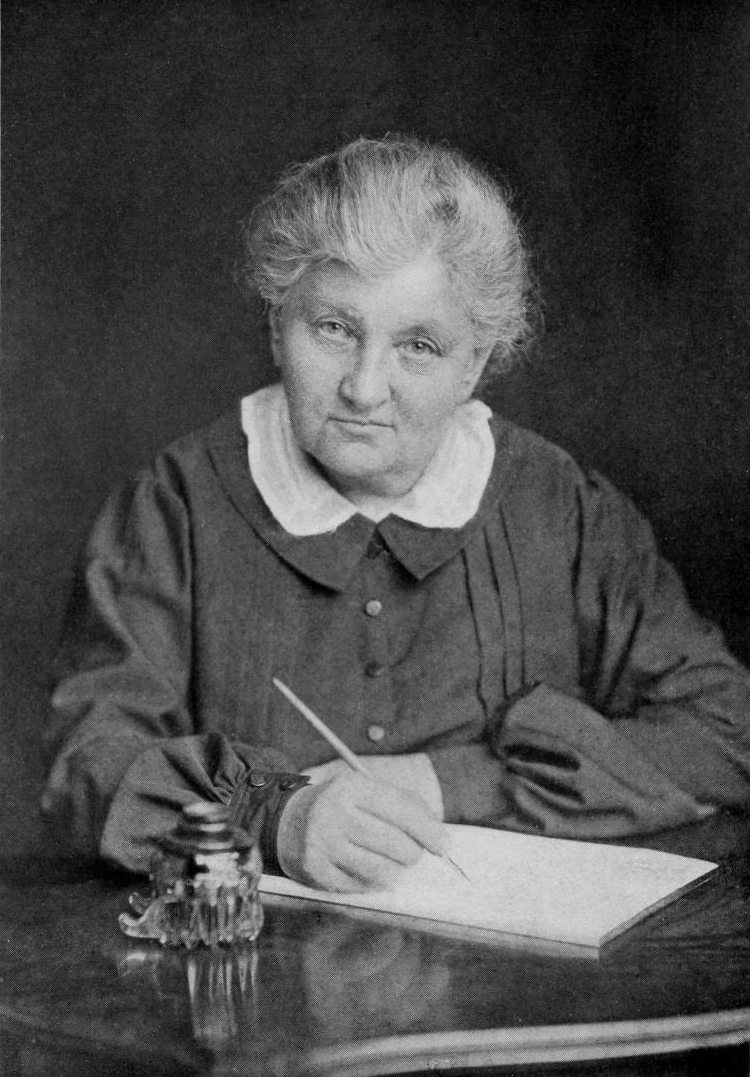
Breskhvosky was a major figure in the Russian socialist movement, and one of the founders of the Socialist Revolutionary Party. She spent over four decades in prison and Siberian exile for peaceful opposition to Tsarism, acquiring, in her latter years, international stature as a political prisoner. Also popularly known as Babushka, Breshkovsky was instrumental in laying the groundwork for the Russian Revolution. She was a strong supporter of Alexander Kerensky's provisional government, and lived in exile in Paris and Czechoslovakia following the Bolsheviks' seizure of power.
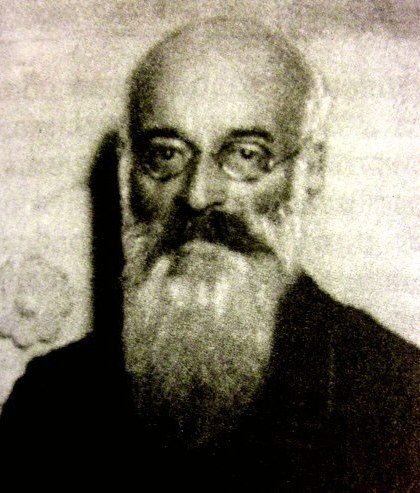
Minor was a Russian revolutionary and prominent member of the Socialist Revolutionary Party. He took place in the Revolution of 1905, was freed from prison by the 1917 February Revolution, and in the same year became president of the Moscow City Duma. He was a fierce opponent of the Bolsheviks, and lived in exile in Paris following the October Revolution. He was close friends with fellow SR Ilya Fondaminsky.
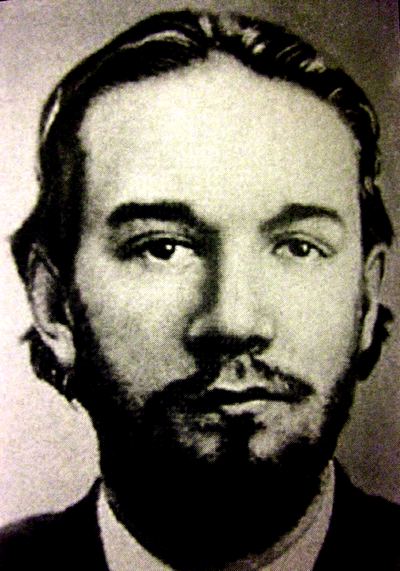
Zenzinov was a prominent member of the Socialist Revolutionary Party, and participated in the Russian revolutions of 1905, February 1917, and November 1917. Following the Bolsheviks' seizure of power he participated in anti-Bolshevik government forces until leaving in exile for Berlin, Paris, and, in 1940, the United States, where he lived for the remainder of his life.
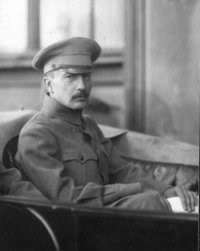
Savinkov was one of the leaders of the Fighting Organisation of the Socialist Revolutionary Party, and in this role was responsible for the assassinations of several high-ranking imperial officials in 1904 and 1905.After the February Revolution of 1917, he became Assistant War Minister in Alexander Kerensky's provisional government. After the October Revolution, he organized armed resistance against the Bolsheviks. Savinkov emigrated to Poland in 1920, but in 1924 he was lured back to the Soviet Union, where he was arrested and either was killed in prison or committed suicide.
All of the images above are public domain, and were sourced from the Wikimedia Commons.
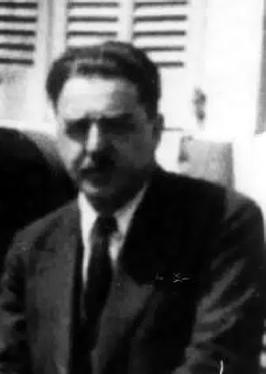
Fondaminsky was a Russian author and political activist, a leader of the Socialist Revolutionary Party, and a member of Alexander Kerensky's provisional government. He immigrated to France in 1918, where he worked as a newspaper editor. In 1942 he was murdered by the Nazi regime in the Auschwitz concentration camp.

This work is licensed under a Creative Commons Attribution-NonCommercial 4.0 Generic License.